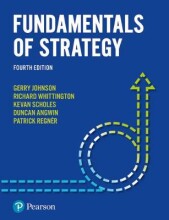Predation, grazing and disease - Foraging behavior: foraging and transmission - Foraging behavior
3 important questions on Predation, grazing and disease - Foraging behavior: foraging and transmission - Foraging behavior
How can you measure effectiveness of foraging behavior?
Explain the 5 aspects of the optimal foraging theory.
- Where does a predator concentrate its foraging?
- Where the long term expected net energy intake is highest OR where the risk of extended periods of low intake is lowest? - Does the chosen location reflect the expected energy intake? OR is there some balancing of this against the risk of being preyed upon by its own predators?
- How long does a predator stay in 1 location before moving to the next?
- What are the effects of other, competing predators foraging in the same habitat?
- No predator can consume all types of prey, how does this affect the predator's choice?
What are the advantages and disadvantages of being a specialist?
- Advantage: they only include high-profitability items in their diet.
- Disadvantage: They spend a relatively large amount of time searching for them.
The question on the page originate from the summary of the following study material:
- A unique study and practice tool
- Never study anything twice again
- Get the grades you hope for
- 100% sure, 100% understanding
































